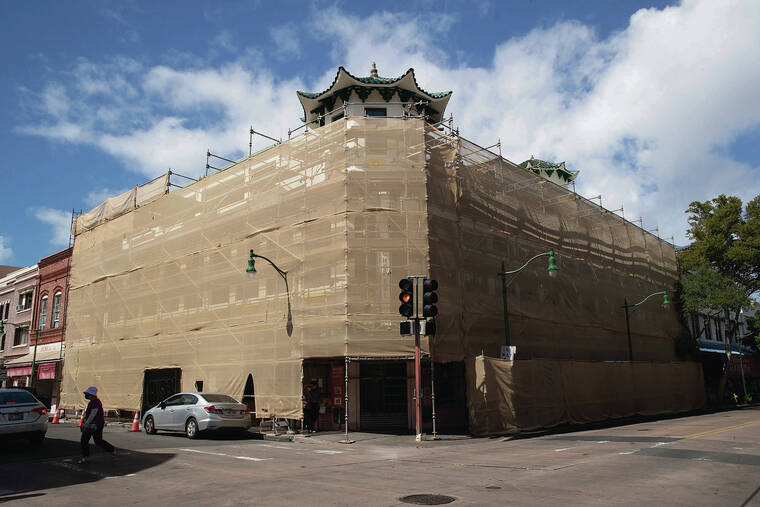A common concept in mainland lodging is coming here: extended-stay or limited-service hotels outside traditional resort hubs. More than a dozen Oahu properties are in the construction or planning pipeline, most targeted for delivery by 2027.
This hotel construction boom is Oahu’s largest in nearly 45 years, since land-use policies tightened things for hoteliers, especially in Waikiki, reported the Honolulu Star-Advertiser’s Allison Schaefers on Sunday. Some of the new development remains in or around Waikiki, such as the Hilton Hawaiian Village’s new tower and a new Residence Inn near the Hawaii Convention Center.
But it’s the action outside of traditional tourist areas that stands to evolve Hawaii’s lodging industry — and local communities.
Whether it’s boutique, extended-stay or less-housekeeping ones, hotels here are getting a 21st-century refresh, migrating out of the Waikiki, Ko Olina and Turtle Bay hubs. Think Chinatown, the airport, Koa Ridge, Kapolei — and even Ewa Beach, which could get its first hotel if a dual-branded Hyatt Place and extended-stay Hyatt House comes to fruition for the Ho‘opili master-planned community.
Among the first in this wave will be a new 23-room boutique hotel at the iconic Wo Fat Building in Chinatown, slated to open next year, followed in January 2024 by the 112-room AC Marriott in the old Remington College building on Bishop Street.
The growth here is fueled by a lodging trend that’s taken hold on the mainland: Over the past few years, limited-service hotels, including extended stays, have been the primary development category domestically.
Certainly, the past few years of pandemic-forced remote working — plus fly-in health workers and more-flexible job arrangements — have only underscored the demand, and desire, for such lodging in Hawaii.
The hotel corporations, too, surely will benefit from a path that’s gotten clearer of illegal transient vacation units, courtesy of Oahu’s new short-term rental law and crackdown.
Hotel-growth supporters note benefits such as additional taxes, spending and jobs — even saying that business and sports travelers staying closer to where they need to be would help reduce traffic overall. Perhaps.
More lodging does indeed bode well for revenues and for the tourism and construction industries. But remember that destination management has become a top priority, with overtourism top of mind for many residents. Whether this new wave of hotel development buoys or swamps communities — neighborhoods not used to visitors and their accompanying bustle — remains to be seen.

